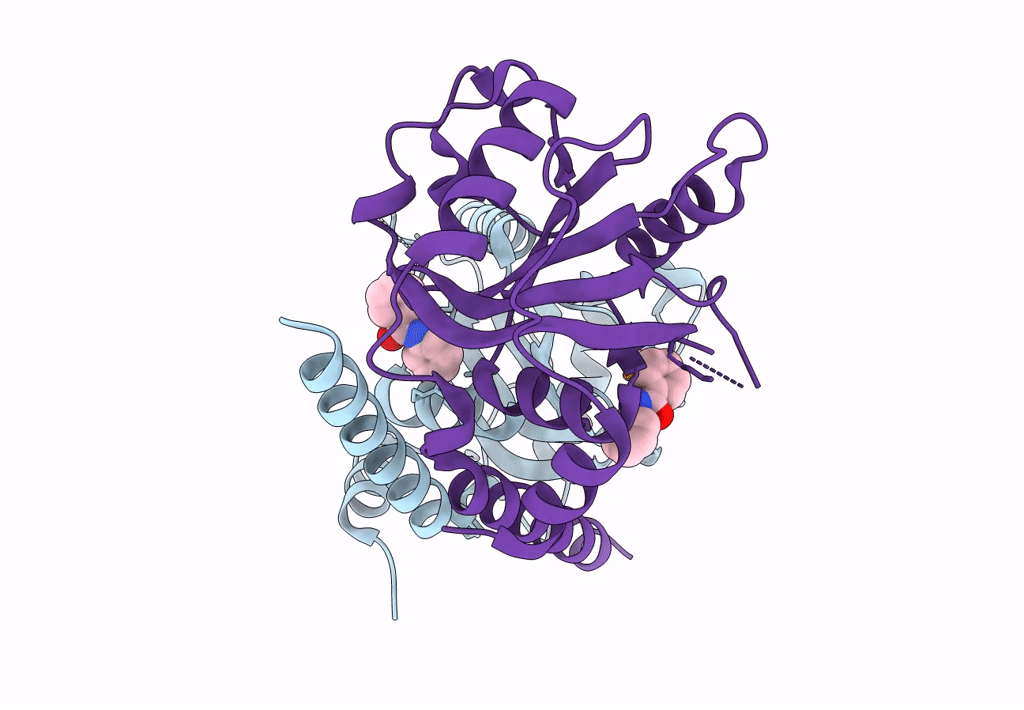
Deposition Date
2021-08-04
Release Date
2022-12-07
Last Version Date
2024-11-20
Entry Detail
PDB ID:
7PCU
Keywords:
Title:
Crystal structure of YTHDF1 YTH domain in complex with ebselen
Biological Source:
Source Organism:
Homo sapiens (Taxon ID: 9606)
Host Organism:
Method Details:
Experimental Method:
Resolution:
2.65 Å
R-Value Free:
0.25
R-Value Work:
0.20
R-Value Observed:
0.20
Space Group:
P 43 21 2


